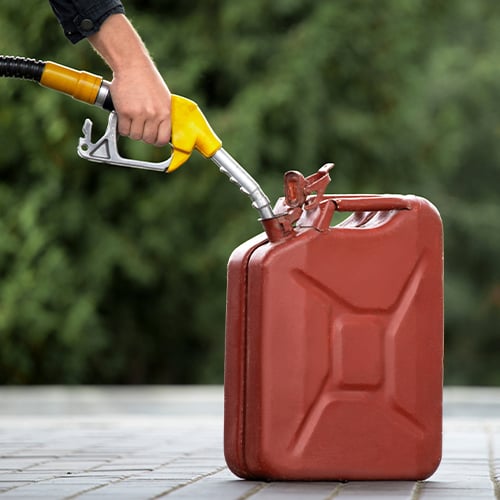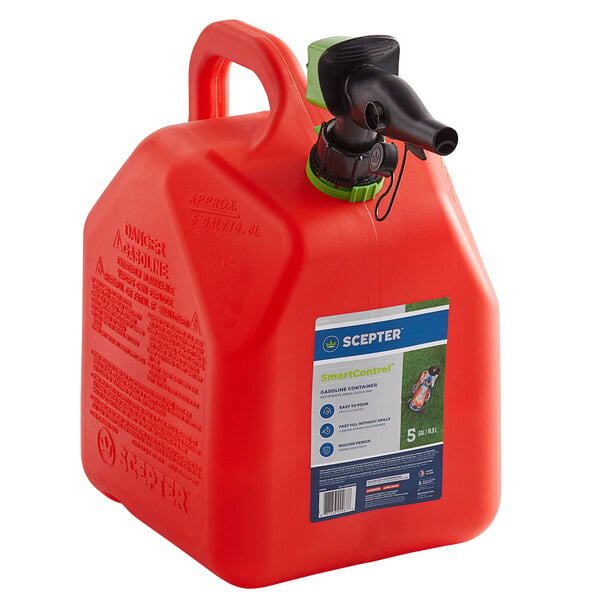Before you fire up your food truck generator, you'll need to retrieve fuel in a clean gas can. If you haven't used the gas can recently, it's a good practice to remove any residue, dirt, or contaminants that may have accumulated over time.
To clean a gas can, you will need a bucket, mild detergent or dish soap, a long-handled brush or sponge, and clean water. Make sure the gas can is empty and all fuel has been used or properly disposed of. Also, always work in a well-ventilated area away from any open flames or sources of ignition. Here are some steps to follow when cleaning a gas can:
1. Remove the spout and cap: Most gas cans have removable spouts and caps. Take them off and set them aside for cleaning separately.
2. Rinse the gas can: Start by rinsing the gas can thoroughly with clean water to remove any loose debris or dirt.
3. Prepare the cleaning solution: Fill the bucket with warm water and add a small amount of mild detergent or dish soap. Mix it well to create a soapy solution.
4. Scrub the interior: Dip the long-handled brush or sponge into the soapy solution and scrub the interior of the gas can thoroughly. Pay special attention to the areas where fuel may have come into contact, such as the bottom and sides. Use a back-and-forth motion to dislodge any residue or build-up.
5. Clean the spout and cap: While the gas can is soaking, clean the spout and cap using the same soapy solution. Scrub them with a brush or sponge to remove any dirt or fuel residue. Rinse them well with clean water.
6. Rinse the gas can: Once you have scrubbed the interior and the spout and cap, rinse the gas can again with clean water. This will help remove any remaining soap residue.
7. Dry the gas can: After rinsing, allow the gas can to air dry completely. Make sure there is no standing water left inside before storing or using it again.
8. Reassemble and store: Once the gas can is dry, reattach the spout and cap. Ensure they are securely tightened. Store the gas can in a cool, dry place away from direct sunlight or extreme temperatures.










